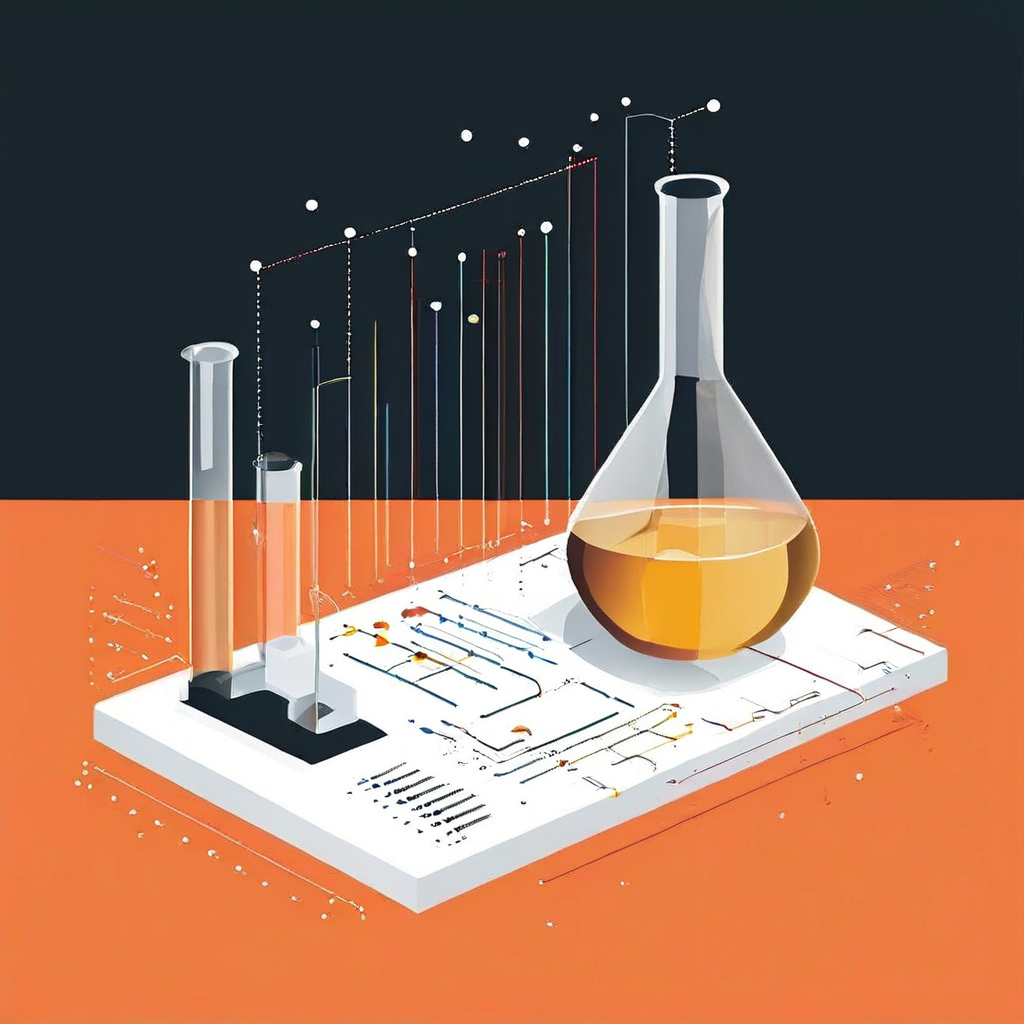Design of Experiments (DOE) and Response Surface Methodology (RSM) are powerful statistical tools widely used to optimize processes and understand the relationships between multiple input variables and their effects on responses. These methodologies have become increasingly important in today’s data-driven world, where efficient experimentation and process optimization are crucial for success in various industries, from manufacturing to healthcare.
Design of Experiments (DOE)
Design of Experiments (DOE) is a systematic approach to planning, conducting, analyzing, and interpreting controlled tests. It focuses on understanding the effects of multiple factors simultaneously, which is a significant improvement over traditional methods like the One-Factor-at-a-Time (OFAT) approach. For instance, in the food industry, DOE can be used to optimize the recipe of a new snack product by varying ingredient proportions, baking temperature, and baking time simultaneously to achieve the best taste, texture, and shelf life.
The OFAT method, which involves changing one variable at a time while keeping others constant, may seem intuitive and straightforward but has several significant limitations. OFAT is inefficient as it requires more experimental runs to achieve the same precision in effect estimation compared to DOE methods. It also cannot detect interactions between factors, which are often crucial in complex systems, and may miss the optimal combination of factor settings. In contrast, DOE allows for the simultaneous study of multiple factors, reducing the number of experimental runs required, and can identify and quantify interactions between factors, providing a more comprehensive understanding of the system.
Response Surface Methodology (RSM)
Response Surface Methodology (RSM) is a collection of mathematical and statistical techniques used for modeling and analyzing problems where a response of interest is influenced by several variables, with the goal of optimizing this response. For example, in the pharmaceutical industry, RSM can be used to optimize drug formulation by considering factors like the concentration of active ingredients, pH levels, and mixing times. By fitting a polynomial model to the experimental data, RSM can identify the optimal combination of these factors to maximize drug efficacy and stability.
RSM involves fitting a polynomial model to the experimental data, typically a second-degree polynomial, to approximate the true relationship between the input variables and the response. This model is then used to explore the response surface, which is a graphical representation of the response as a function of the input variables. Techniques such as central composite designs and Box-Behnken designs are commonly used in RSM to efficiently explore the experimental space and build accurate models.
How do DOE and RSM relate
DOE and RSM are complementary methodologies that are often used together to achieve robust process optimization. Initially, DOE is employed to screen and identify the significant factors affecting the response. Once these factors are known, RSM takes over to model the response surface and find the optimal settings for the factors. For example, in agriculture, DOE can be used to determine the optimal combination of factors such as irrigation levels, fertilizer types, and planting densities to maximize crop yield. Subsequently, RSM can be applied to fine-tune these factors and achieve the best possible agricultural output.
In another case, DOE can be used in a manufacturing process to identify critical factors such as machine speed, feed rate, and tool type. RSM can then model the response surface to find the optimal settings for these factors to optimize product quality and production efficiency. This sequential use of DOE and RSM not only streamlines the experimental process but also ensures the reliability and accuracy of the optimization results.
In summary, while the OFAT approach may still be useful in certain situations where data is abundant and cheap, or when the mental effort for complex analysis exceeds the effort for acquiring extra data, DOE and RSM provide more comprehensive and reliable results in fewer experimental runs. By systematically studying multiple factors and their interactions, these methodologies offer valuable insights that can lead to significant improvements in performance and efficiency across various fields.
Citations:
[1] https://en.wikipedia.org/wiki/Response_surface_methodology
[2] https://www.neuralconcept.com/post/response-surface-methodology-overview-applications
[3] https://en.wikipedia.org/wiki/One-factor-at-a-time_method
[4] https://www.researchgate.net/profile/Wan-Nor-Nadyaini-Wan-Omar/publication/320546798_Design_of_experiment_and_Response_surface/links/59eb0d73aca272cddddb9a63/Design-of-experiment-and-Response-surface.pdf
